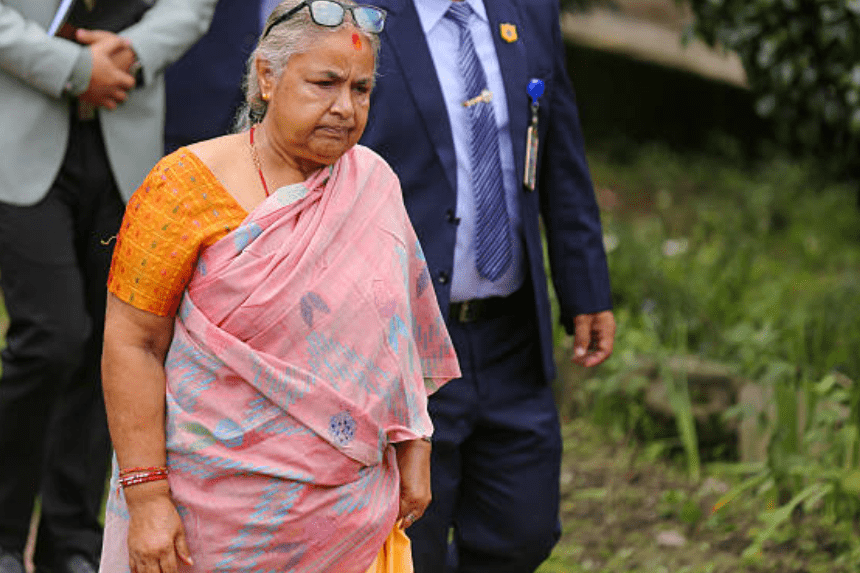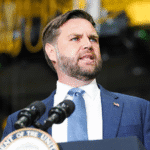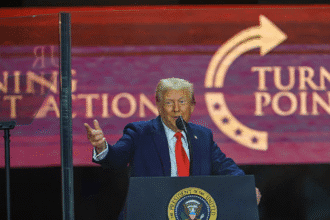Sushila Karki, Nepal’s new interim prime minister, has said that she will only be in office for six months. Her leadership comes after a lot of protests that brought down the last government. Karki made it plain in her first public speech since taking office that her job is only temporary and that she will hand over authority to an elected administration following the national elections on March 5 of next year.
Nepal is going through a lot of political turmoil right now, with younger people demanding reform and better government. Her appointment comes at a very important time in the country’s history.
Why did they make Karki the temporary leader?
The government-imposed restriction on social media led to a lot of protests, which led to Karki becoming the leader. The protests, which were led by the youth-driven “Gen Z” movement, swiftly turned into violent fights all around the country. Protesters damaged the homes of MPs and set fire to the parliament.
Three police officers were among the 72 people killed in the unrest, which forced the previous government to step down. In response, leaders of the protest movement backed Karki’s selection, thinking that her good reputation and experience in the courts would help the country become more stable. Here is the link to our article on Indigenous Rights Urgency.
What are the incoming government’s top goals?
Karki stressed that her government would listen to what young people want. She remarked, “We need to meet the Gen Z movement’s expectations,” referring to their main demands: an end to corruption, effective governance, and equitable economic possibilities.
She said that the destruction of public property made her sad and that it was “deeply shameful” if other Nepalis were to blame. During this time of change, her administration’s goal is to rebuild important institutions and keep the constitution in place.
What problems does Karki have to face?
Karki is known for being honest, yet her history has not been without problems. She was the Chief Justice when someone tried to impeach her. As acting prime minister, she now has to deal with a political landscape that is very fragmented.
Getting people to trust the government again, restoring law and order, and reconstructing destroyed infrastructure are some of the biggest problems. She also has to deal with the expectations of both the Gen Z activists and the older political groups that are against big changes. Here is the link to our article on Politics Rejects Trumpism.
How will Nepal go back to having elected leaders?
Karki said again that she would give up her position after the general elections in March. According to the deal with the protest organizers, her job is to keep things stable and make sure that the elections are fair and free.
The interim administration is responsible for keeping things open, repairing public institutions, and stopping more civil upheaval now that this timeframe is in place. People regard Karki’s leadership as a way to get from a crisis to restoring democracy.
Final Thoughts
Nepal’s politics are at a very important point right now. The country is counting on its temporary prime minister to bring peace, stability, and a believable way to hold elections. Karki’s six-month term is not just a test of his leadership, but also a test of Nepal’s dedication to democracy.
People still have high hopes for her, so she will need to move quickly, have open conversations, and be able to meet the urgent needs of a generation that is restless, all while dealing with a delicate political atmosphere that has been created by past failures.








